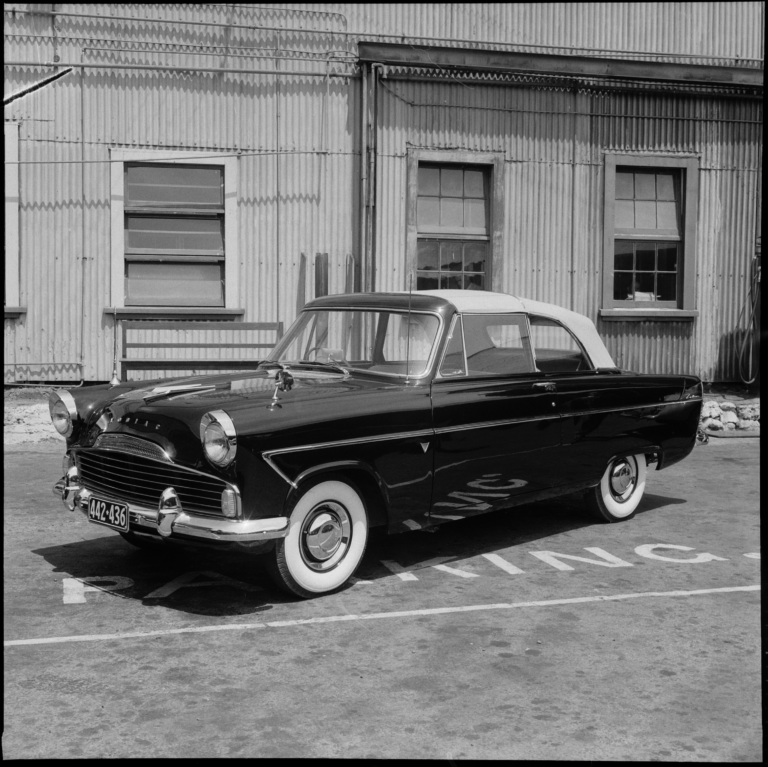
After finishing 20 years’ of Targa, Mike Lowe’s Fiat Abarth will be retired to the New Zealand National Motorsport Museum
All racers have to hang their helmets up some day, and Mike Lowe has announced that that day has come for his trusty steed. After participating in, and finishing, every Targa event for the last 20 years in his 1964 Fiat Abarth, Mike has decided to retire the iconic vehicle — it will be relocated to its new home in the New Zealand National Motorsport Museum.
According to Mike, “the time is right … she was telling us something when the clutch failed just three corners from the end of the last stage.”
Mike kicked off the inaugural 1995 Targa with co-driver Steve Cannon, seeded 22nd following the prologue stage at Pukekohe Park Raceway. As an indication of the little Abarth’s performance, it was clocked at 142kph on the circuit’s back straight — barely any slower than a Dino 246 GT.
The Targa debut would be marked by a high-speed crash after hitting a puddle of oil at around 160kph, putting the Abarth in no condition to continue. However, the car was repaired to drivability, and completed the event. These on-the-fly repairs would become a staple of Mike and his team’s Targa involvement, with every event requiring impromptu repairs of varying intensity, from broken axles, oil leaks, a blown head gasket, through to full-on crashes. As Mike has said, “We came, we broke, we repaired, and we finished!”


